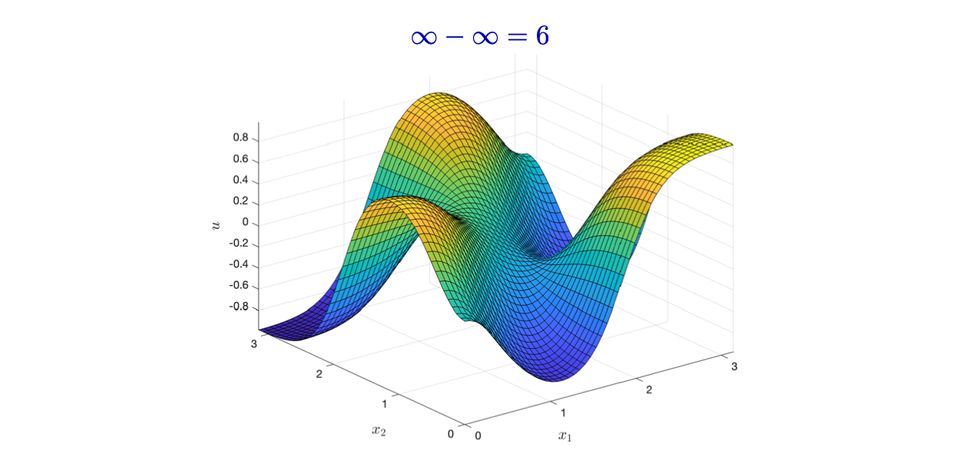Calculating infinity minus infinity

Establishing stability and instability of stationary states is a basic
requirement for understanding dynamics. Counting the dimension of the unstable
directions is widely used as an (in)stability index. When applying these
dynamical systems ideas to spatio-temporal pattern formation or to questions in
geometry, one needs to expand the finite dimensional picture to an infinite
dimensional setting. Working in an infinite dimensional space leads to
difficulties: some infinite dimensional objects are larger than others.
Fortunately, a well-established ingenious theory says that the difference in
size between two such infinite dimensional objects can be measured by a
relative index, essentially giving meaning to "infinity minus infinity". But
how do you count the difference between two infinities in practice? In a paper
published in the journal Foundations of Computational Mathematics, VU mathematicians Jan Bouwe van den Berg and Rob van der Vorst collaborated with
Jean-Philippe Lessard (McGill, Canada) and Marcio Gameiro (Rutgers, USA) to
develop a method to calculate such relative indices based on computer-assisted
proof methods. As an example application, the computations lead to results
about reaction-diffusion waves of propagating patterns in cylinders.